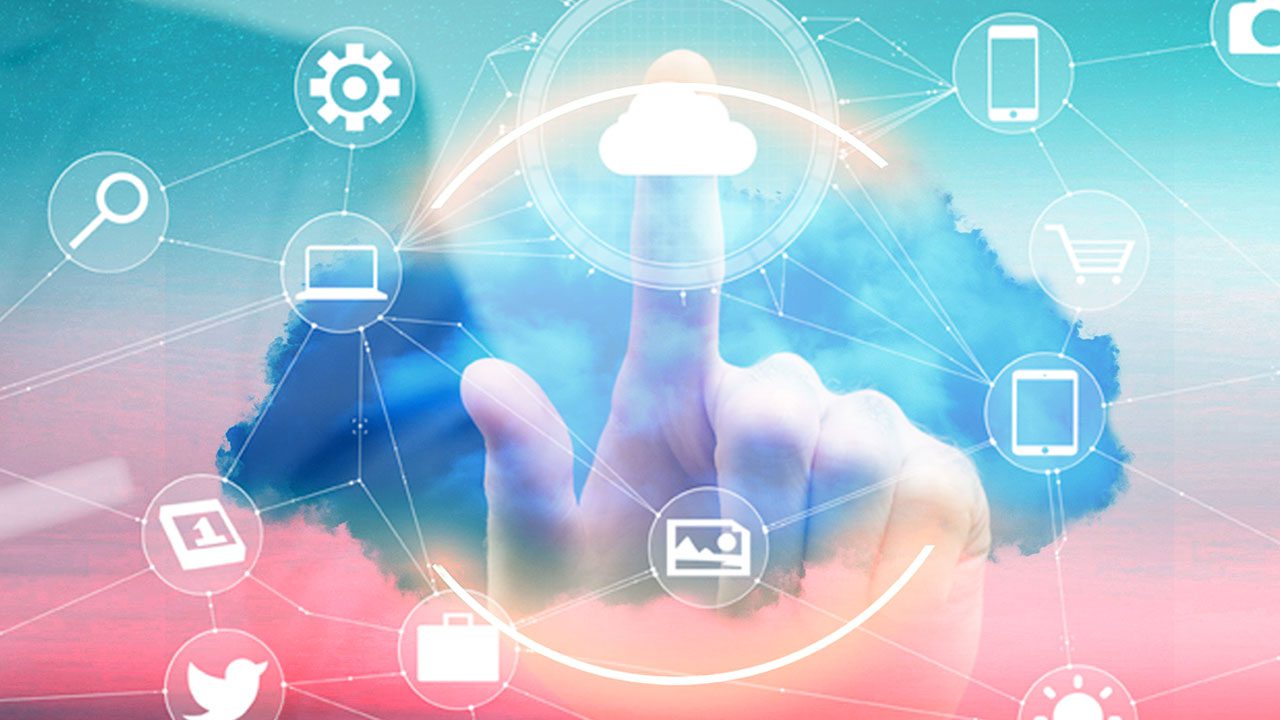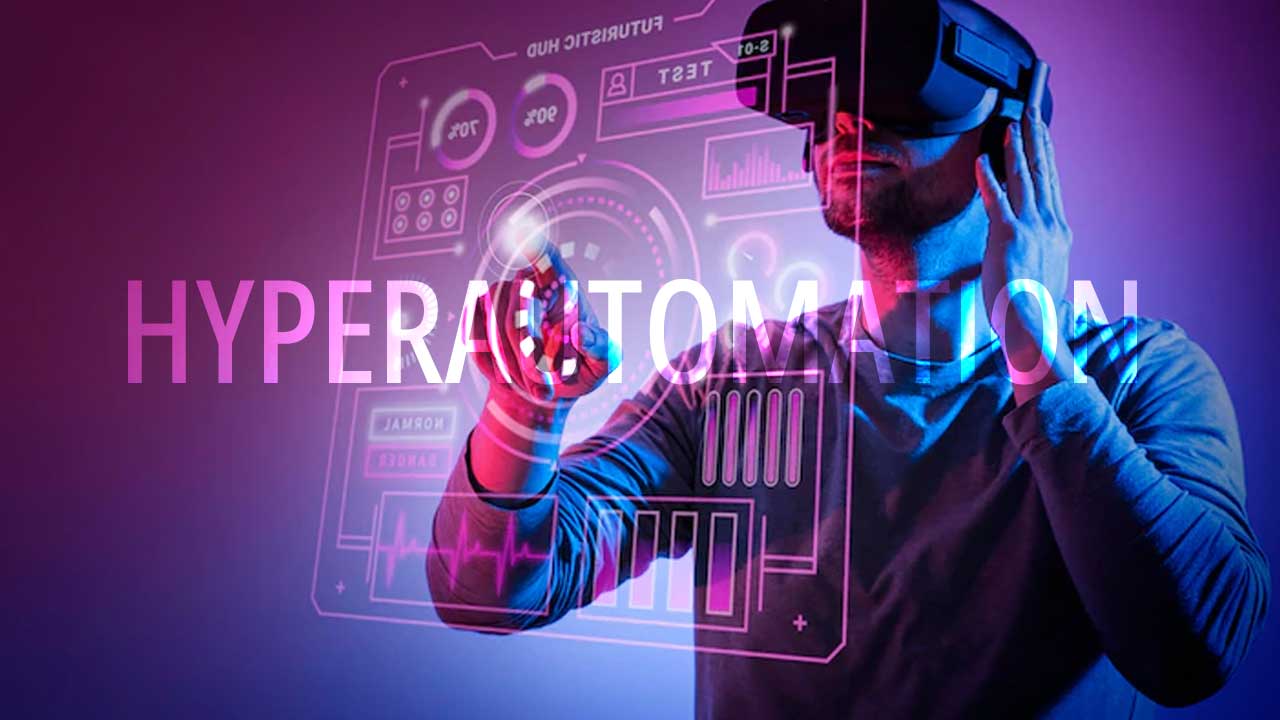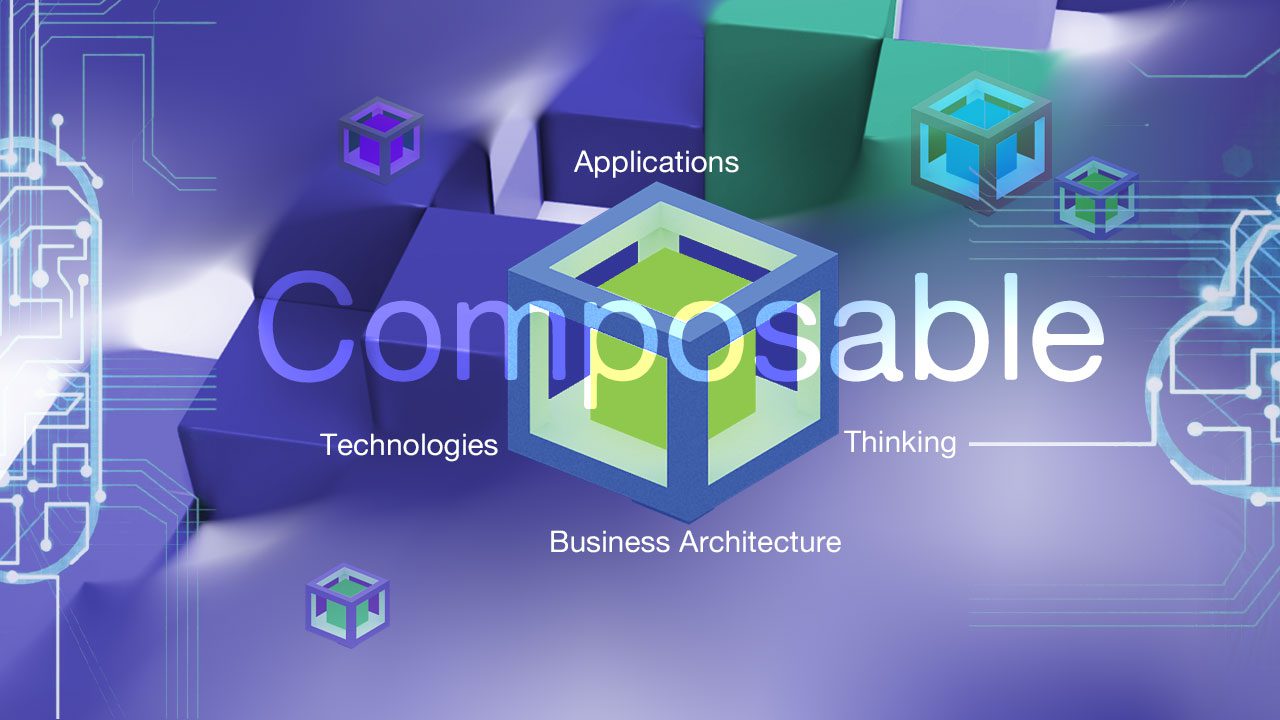Contents
Introduction
2022 is here, and we live in an ever-evolving world, but what’s next in the tech world? Digitalization has created a world where technological innovations are happening in the blink of an eye. The future of technology is inherently unpredictable due to its very nature and difficult to predict. Making future predictions is a risky endeavor. Despite the dramatic changes in technology and endless challenges to innovation, predicting the future in the computer industry can be even more complex and riskier.
Over the past decade, businesses have heavily invested in digital transformation. What started as a source of competitive advantage for businesses around the world has become the new norm. A multitude of technologies had been implemented and are disrupting the way things have been done traditionally, and the impact of disruption was such that the term “disrupt” became synonymous with success and innovation. Accelerated adoption of digital technologies due to the pandemic has led to more focus on streamlining operations with connected technology and automation, enabling greater speed, less waste, and improved lifestyles for end consumers, which is making their lives easier.
In today’s fast-paced world, the need for tech innovation and digitalization is advancing at an exponential rate, and their relevance and importance have been established in transforming businesses across the globe. Advanced technologies, such as IoT, AI, blockchain, and augmented reality are being incorporated into organizations’ core strategies, helping industries revolutionize their business models and speed up the digital transformation. Although people are aware of the potential of IoT, AI, blockchain, and augmented reality, its applications are yet to be realized and require major development to achieve their full potential. Therefore, 2022 will see significant developments in the technologies mentioned above and will also bring in a wave of newer trends, applications and it will be exciting to see what lies ahead in terms of tech innovation offerings.
The role of data in healthcare transformation
A digital data trail follows us everywhere we go, and almost every major global technology firm gathers, aggregates, and monetizes personal data in exchange for free online services. The healthcare ecosystem is no exception. This data-sharing model can be applied to medical discovery or expanding treatments for rare-disease patients. Over the past few years, digital health has skyrocketed as big data, artificial intelligence, and other technologies have entered the market and gained traction. The healthcare industry’s massive digital data and its diversity in format, type, and context make it difficult to integrate healthcare data into conventional databases, making it difficult to process. However, leveraging appropriate business intelligence tools, data can be converted to useful, actionable information, opening the door to remarkable advancements and value-based healthcare while reducing costs.
Healthcare data analytics enables caregivers, administrators, hospitals and other healthcare units to strategically move the core focus of their organization from ‘volume of patients’ to ‘value provided to each patient’ while making better medical and financial decisions and delivering an ever-increasing quality of patient care. Additionally, organizations using healthcare data analytics platforms will be able to increase access, improve care, and reduce operational costs while creating a positive financial margin in a dynamic health economy. Furthermore, Business intelligence tools will help better understand the patient experience, environment, and lifestyle, particularly during clinical trials. A data-driven approach to healthcare could increasingly determine whether to accelerate or halt the development of new innovations.
Here are some of the emerging technologies that we can expect to see in 2022 and beyond:

Blockchain
Blockchain technology is probably one of the most talked-about technology today. By now, we’ve all heard about how blockchain technology can revolutionize just about every industry. Banking, finance, retail, politics, or healthcare, name any industry sector, all could technically benefit from the creation of a decentralized ledger system that tracks and stores information in multiple locations, thus eliminating the possibility of forgery. Blockchain is a digital ecosystem that is controlled entirely by its users. In a blockchain network, there are no owners or intermediaries. It consists of thousands of connected nodes (computers) that are distributed and decentralized. In addition, blockchain networks are public and, therefore, transparent. The network is not governed or managed by any centralized entity. Blockchain technology has potential applications in various industry sectors, including finance, voting, digital security, cloud computing, banking, medicine, cross-border payments, cryptocurrency exchange, identity security, security tokenization, and more.
In addition to blockchain technology, DeFi, or Decentralized Finance, a system or technology, which uses decentralized technology such as blockchain in the finance market, has also become a winner in modern times. Peer-to-peer lending and borrowing, p2p investing, p2p shopping and others are some of the possible applications of DeFi.

Data Fabric
There have been significant increases in the number of disparate data warehouses and applications over the past decade, while the number of data and analytics teams has remained stable or decreased over that same period. Consequently, there is a growing need in the world for data factories – flexible but sustainable platforms and integrations between them. The data fabric concept refers to architecture and a set of data services that provide consistent capabilities across an array of endpoints in hybrid multi-cloud environments. A data fabric allows for the flexible and seamless integration of data sources across platforms and business users, making data available wherever it’s needed, regardless of how it’s stored. With built-in analytics, data fabric can simplify information processing and reduce data management effort by up to 70% while reducing time to value. By leveraging data fabric, businesses can meet their demands and gain a competitive advantage by exploiting the power of data at hand. With data fabric, IT organizations can better capitalize on the benefits of hybrid cloud capabilities, build a hybrid multi-cloud experience, and modernize storage with data management.

Cybersecurity Mesh
Cloud services are becoming more and more mainstream, and businesses that manage services across multiple cloud providers must secure them. Technology advances, such as hyper automation, artificial intelligence, and 5G, entail security implications, making cybersecurity an increasingly major topic of discussion in the business community. Cybersecurity mesh is a flexible, modular architecture for integrating widely dispersed and disparate security services. Cybersecurity Mesh Architecture (CSMA) is a distributed architectural approach to managing cybersecurity systems in an agile and reliable approach. As a result of cybersecurity mesh, best-of-breed, standalone security solutions can work together to enhance overall security by placing control points closer to the assets they’re supposed to protect. Identity, context, and policy adherence can be verified quickly and reliably across cloud and non-cloud environments leveraging Cybersecurity Mesh.

Cloud-Native Platforms
The traditional office-based model is being replaced by hybrid and more remote work arrangements. Therefore, data infrastructure needs to evolve to accommodate the geographically distributed nature of the workplace in the present and the future. This change requires the usage of distributed infrastructure and services, which are best delivered through the cloud. Cloud-native platforms enable you to create new application architectures leveraging the advantages of the cloud computing delivery model- allowing you to adapt to rapid changes in the digital world. This architectural style is gaining traction among companies struggling to repurpose their existing applications portfolios. It uses cloud-native platforms to develop applications built on containers, microservices, serverless functions, and immutable infrastructure, deployed via declarative code. Building and operating applications on the cloud-native architecture enable companies to bring new ideas to market faster and respond to customer demands earlier.
Privacy-Enhancing Computation
The amount of data being generated and processed every day is enormous, and it continues to grow every day. Privacy-enhancing computation ensures the security of personal data in untrusted environments – something that is essential and more important due to expanding privacy laws and rising consumer concerns. PEC provides a collaboration of technologies that help achieve the highest level of private data protection, ensuring data protection and privacy during data sharing through the creation of a trusted environment, data encryption, multiparty computation, etc. In light of rising data breaches and security challenges, Privacy Enhancing Computation technologies are proven to be an effective mechanism. By adopting PEC, companies can enhance fraud detection capabilities and serve a wide range of industries like finance, retail, healthcare, and more where data is regarded as a valuable asset, and even a slight breach can have severe consequences.

Hyperautomation
The term hyperautomation refers to the use of advanced technologies, such as Robotic Process Automation (RPA), artificial intelligence (AI) and machine learning (ML), decision management, and natural language processing (NLP), and more working in collaboration with each other to automate processes and augment human capabilities. Hyperautomation typically results in the creation of a digital twin of an organization (DTO), which provides organizations with an ability to better understand and evaluate how functions, processes, and key performance indicators interact. As a result, the DTO becomes a key component of the hyperautomation process, providing real-time, continuous intelligence about the organization and opening significant business opportunities.
Hyperautomation helps organizations optimize workflow, amplifies the automation of work, improve productivity, unleash the power of data, derive insights from advanced analytics, increase agility, make better business decisions, identify areas for improvement, and more.

Composable Applications
The next generation of business applications will be scalable, composable, connected, and powered by ML. Composable applications are built with interchangeable building blocks. Composable applications aim to preserve legacy applications as more and more companies migrate to cloud-native architectures. Composable businesses are built on three building blocks, according to Gartner:
1. Composable thinking
prevents you from losing creativity. By combining modularity, autonomy, orchestration, and discovery with composable thinking, you can formulate what to compose when.
2. Composable business architecture
It is all about structure and purpose, and it ensures that your organization is built to be flexible and resilient. Structured capabilities provide you with mechanisms to architect your business.
3. Composable technologies
These are the parts and pieces that connect the whole infrastructure together.
Composable applications offer end-to-end modularity, bridging the gap between Dev, Ops, design, and business requirements, increase reusability & standardization and building better apps faster.

Hyper personalization
In today’s world, businesses know everything about their customers: their fingerprints, faces, pulses, blood pressure, social media activities, and typical purchases. Unfortunately, the traditional data collection approach is insufficient to make an accurate, personalized offer. The advent of big data has made it easy to create hyper-personalized customer experiences. Hyper-personalization is the process of gathering real-time behavioral data from customers in order to design products, services, and experiences that are tailored to their desires and needs.
By offering hyper-personalized experiences to the customer, businesses can achieve increased revenue, smoothen customer journeys and improve experience, shift the focus from static to dynamic, make conversations more meaningful and more.

Generative AI
Yet another application of artificial intelligence, Generative AI, is expected to improve AI use cases and provide compelling reasons for organizations to adopt it. Generative AI works on an algorithm that is capable of taking data in the form of text, audio, images, and so on and generates similar to the original content but doesn’t repeat it. The self-learning capabilities of the algorithm result in better-quality content generation. Generative AI relies on two key technologies, namely Generative Adversarial Networks (GANs) and Variational Auto encoders (VAEs) and offer benefits such as improved quality of outputs, lower risks, reduced bias, localization of content, comprehend abstract concepts and more. Some of the plausible application of generative AI includes identity protection, image processing, audio synthesis, client segmentation, sentiment analysis, fraud detection, trend analysis and more. Generative AI is poised to disrupt more industries than we can imagine. The technology is already finding use in critical fields like healthcare and defense. With continued development, more advanced applications will be found.
Quantum Computing
Quantum computing is an emerging tech that uses the laws of quantum mechanics to solve problems too complex to be solved by classical computers. Accelerating advances in quantum computing enable commercial viability, and new emerging business use cases promise to create significant value for industries. Quantum computing is likely to revolutionize many industries. It can impact various industries and areas such as cryptography, aviation, data analytics, forecasting, drug and materials development, finance, climate change, cyber & information security, medical research and more.
In conclusion
Our lives have always been shaped by technology, and its presence is only going to increase in the coming future. We can only ensure optimal future growth by accepting the new technology evolutions and adapting ourselves and business processes accordingly. As time passes, we witness an increase in the use of technology to solve problems, improve customer experiences, reduce costs, and create a competitive advantage in an increasingly competitive market. Failure to keep up with the consumer demands and new technology trends as and when it arises is the same as giving up without a fight. Now is the right time to act if you don’t want to lose out to your competitors.
Find out which technology is best suits your organizational needs, and get started on implementing it by contacting us today. We at Sparity are experts in providing high-end software development to accelerate your business growth. As we enter this new decade, we look forward to collaborating with global leaders to deliver solutions that will define the new decade and open up more unexplored possibilities and trends to look forward to year after year!




